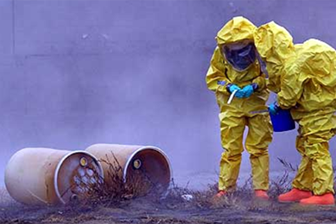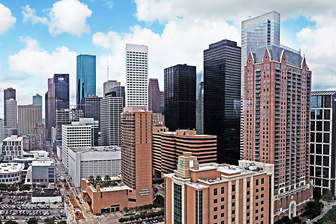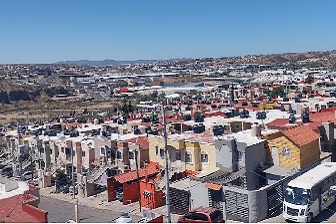Fast Track
If you're flexible with travel, jump ahead by selecting one of the recommended facilities to the right.
Otherwise, the form below helps drill down from state to city to a specific training facility for your Chemical Safety Training class.
Recommended States
Pre-enrollment is accepted until the minimum student requirement is met.
Once enough students have signed up, then we will reach out to process your payment.
If minimum enrollment is not attained, we may ask that you consider an alternate date or location.
With that in mind, would any of the 4 states be possible for you?
Facilities in these states either have a low minimum student requirement, or already have students signing up:
All States
However, if travel is a limitation for you and none of the states above will work, don't worry. We have several options.
And if none of those below suit your needs, feel free to contact us and make a request.
We will do everything possible to accomodate.
A common request we receive is to do on-site training for companies seeking to get several employees trained at the same time.
About Chemical Safety Training
Who is Chemical Safety Training for?
Chemical Safety Training is for everybody. At work, home, and during our daily adventures, we are all exposed to hazardous chemicals. In our course, students learn:
Chemical Safety Training Course Overview:
Pretty much anything can kill you. Even too much water can be toxic. Salt water certainly is. Automobile gasoline fumes, chlorine in bleach, pesticides under tempting shiny wax-coated vegetables, phthalate-ridden shampoo bottles, mercury-filled fluorescent light bulbs, etc.; these are all common examples. But other substances are lethal even in minuscule quantities. Protect yourself from illness, permanent injury, or death by learning about hazardous substance:
 | | Exposure. Types, routes, targets, effects, and limits. Types include carcinogens, caustics / acids, adhesives, polymers, aldehydes / amines / amides, diisocyanates, solvents, lubricants, coal derivatives, lead, silica, man-made fibers such as asbestos, coatings, and metallic fumes such as generated by welding, brazing, and soldering.
|
 | | Detection. Communicated by labeling / marking or and material data sheets, fact sheets, observations, and measurements.
|
 | | Control. Substitution, isolation, engineering controls, administrative controls, storage, handling, work practices, operational controls, and personal protective equipment (PPE).
|
 | | Emergencies. Exasperation by confined spaces, fires, treatments, and other responses.
|











